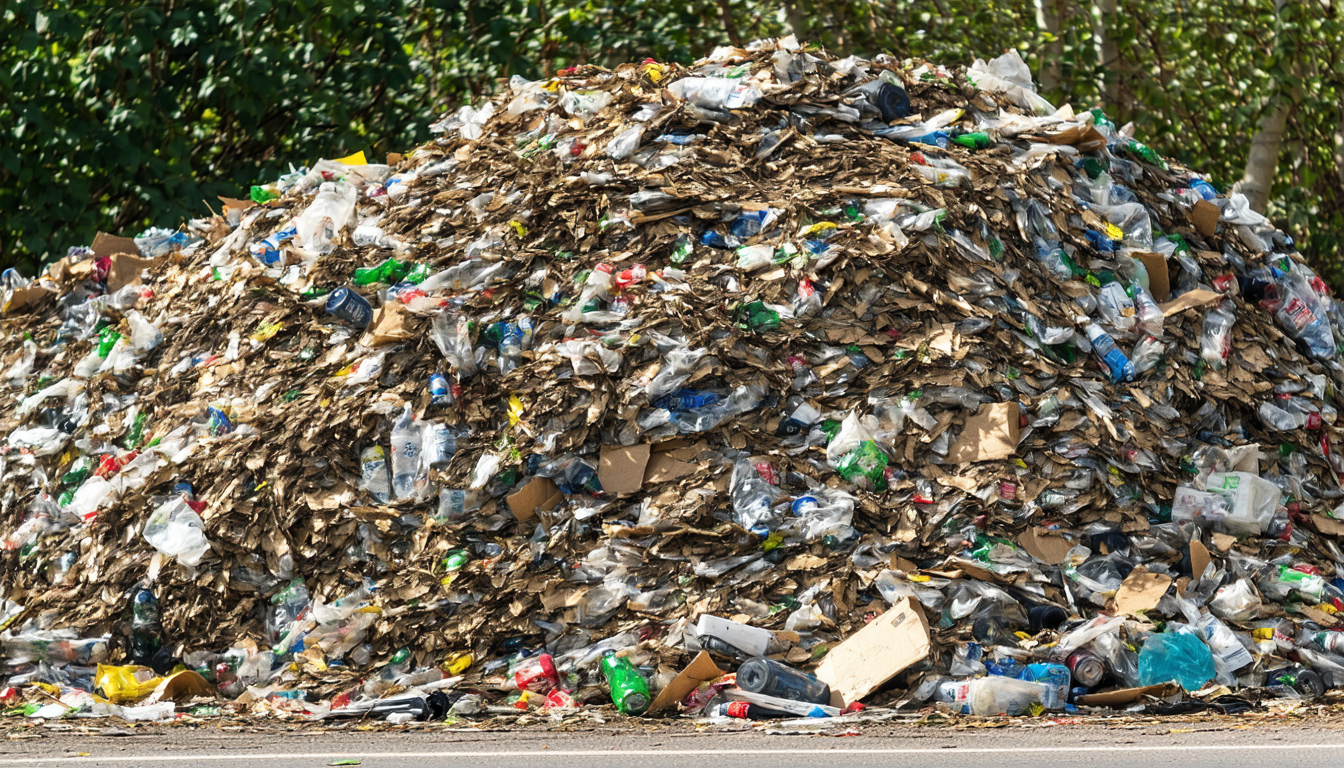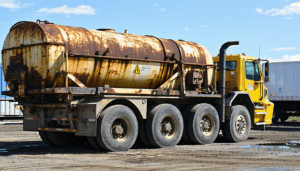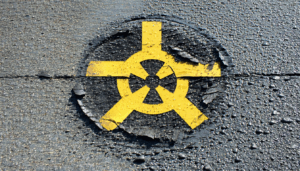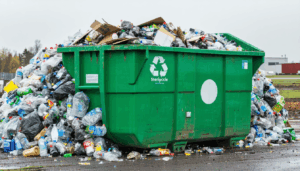In the United States, managing yard waste is a growing concern for homeowners and municipalities alike as environmental regulations tighten and sustainability becomes a priority. With millions of tons of grass clippings, leaves, and branches generated annually, finding reliable “yard waste disposal near me” options is more critical than ever. This article explores the latest trends, local solutions, and eco-friendly practices for yard waste management across the country. From municipal programs to private services, we uncover the most effective ways to handle yard debris while adhering to local guidelines.
The Growing Challenge of Yard Waste in the US
Yard waste accounts for a significant portion of municipal solid waste, with the Environmental Protection Agency (EPA) estimating that it comprises about 13% of the total waste stream—equating to over 35 million tons yearly. As urban and suburban areas expand, improper disposal can lead to landfill overcrowding and environmental harm. Many states have banned yard waste from landfills, pushing residents to seek alternative solutions.
This shift has sparked innovation in disposal methods. Cities are rolling out composting programs, while private companies offer convenient pickup services. Understanding these options is essential for homeowners aiming to stay compliant and reduce their ecological footprint.
Local Solutions for Yard Waste Disposal Near Me
Finding a nearby disposal option often starts with local government resources. Most US municipalities provide curbside pickup for yard waste, typically requiring biodegradable bags or designated bins. For instance, cities like Seattle and San Francisco have robust composting programs that process over 90% of collected yard debris into mulch or compost.
If curbside services aren’t available, drop-off sites are another viable choice. Many counties operate recycling centers where residents can bring leaves, branches, and grass clippings free of charge or for a small fee. Checking your city’s website or using tools like Earth911 can help locate the nearest facility.
Private services also fill gaps in areas with limited public options. Companies such as Waste Management and Republic Services offer scheduled pickups tailored to individual needs, often at competitive rates. These services are particularly useful during peak seasons like fall when yard waste volumes surge.
Environmental Impact and Sustainable Practices
The way we manage yard waste has far-reaching effects on the environment. When sent to landfills, organic debris decomposes anaerobically, releasing methane—a potent greenhouse gas. Composting, on the other hand, transforms waste into nutrient-rich soil amendments, supporting sustainable landscaping.
According to Dr. Emily Carter, an environmental scientist at the University of California, “Composting yard waste not only reduces landfill pressure but also enriches soil health, cutting down on chemical fertilizer use.” Her insights highlight why many communities are investing in large-scale composting facilities. Home composting is another accessible option, with DIY bins costing as little as $30 to set up.
Navigating Regulations and Costs
Yard waste disposal rules vary widely across states and even within counties. Some areas mandate separation of yard debris from regular trash, while others impose fines for non-compliance. For example, as of 2023, over 20 states have active landfill bans on yard waste, including Massachusetts and Minnesota.
Costs also differ based on location and service type. Municipal programs are often subsidized, charging $1–$5 per bag or offering free collection. Private haulers may charge $10–$30 per pickup, depending on volume. Staying informed about local policies ensures you avoid penalties and manage expenses effectively.
Future Trends in Yard Waste Management
Looking ahead, technology and policy will likely shape how Americans handle yard waste. Innovations like mobile apps for scheduling pickups or locating drop-off points are gaining traction. Meanwhile, federal initiatives aim to boost composting infrastructure, with the USDA allocating $9.5 million in grants for organic waste projects in 2023.
Public awareness campaigns are also encouraging backyard composting and mulching. These grassroots efforts could reduce reliance on external services, fostering a culture of self-sufficiency. As climate goals intensify, expect stricter regulations and more incentives for sustainable practices.
Conclusion
Navigating “yard waste disposal near me” in the United States involves understanding local resources, environmental impacts, and evolving regulations. Whether through municipal programs, private services, or personal composting, residents have multiple avenues to manage debris responsibly. With millions of tons generated each year, adopting sustainable habits is no longer optional—it’s a necessity. By staying informed and leveraging available tools, homeowners can contribute to a greener future while keeping their yards pristine.
Frequently Asked Questions (FAQs)
-
How do I find yard waste disposal near me?
Check your city’s website for curbside pickup schedules or drop-off locations. Tools like Earth911 can also pinpoint nearby facilities based on your zip code. -
Is there a cost for disposing of yard waste?
Costs vary. Municipal services may be free or charge $1–$5 per bag, while private companies often bill $10–$30 per pickup. -
Can I compost yard waste at home?
Yes, home composting is an affordable and eco-friendly option. Use a bin or pile to break down leaves, grass, and small branches into compost. -
Are there laws about yard waste disposal?
Many states ban yard waste from landfills. Local rules may require separation from regular trash, so review your area’s guidelines to avoid fines.




